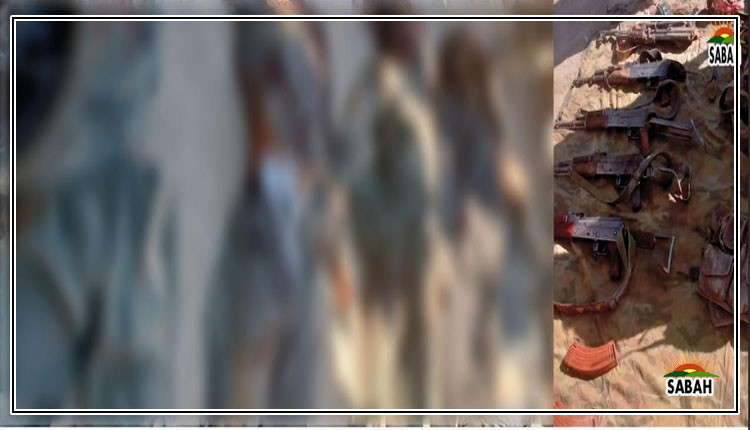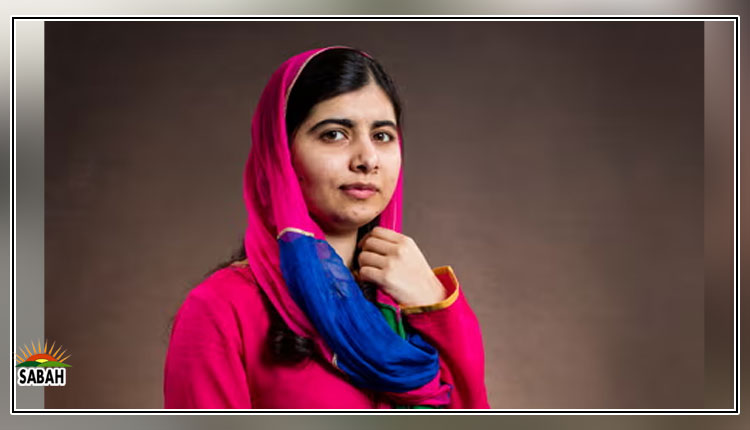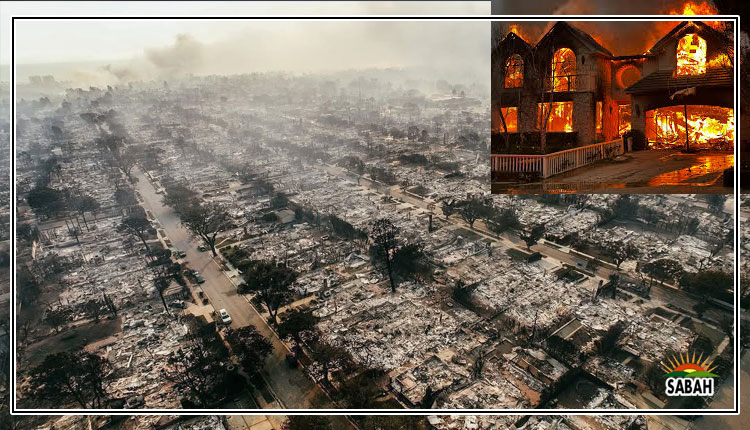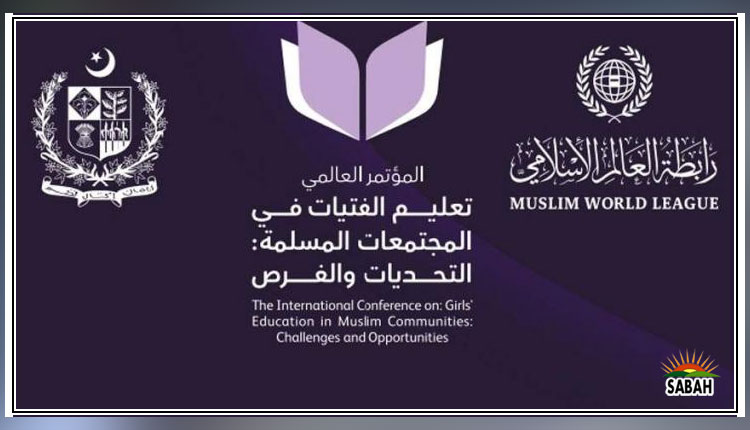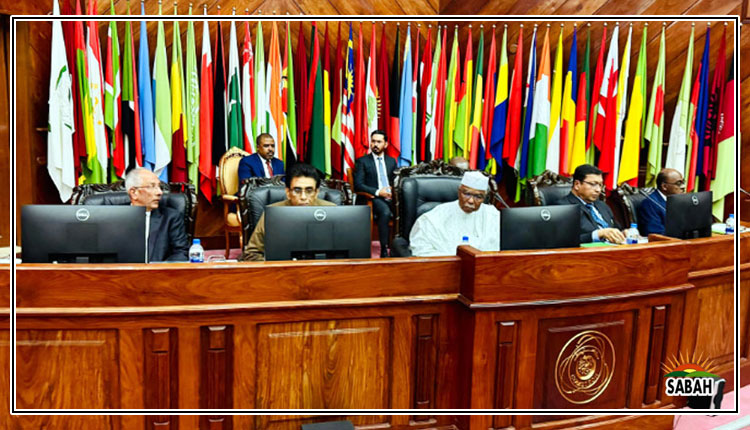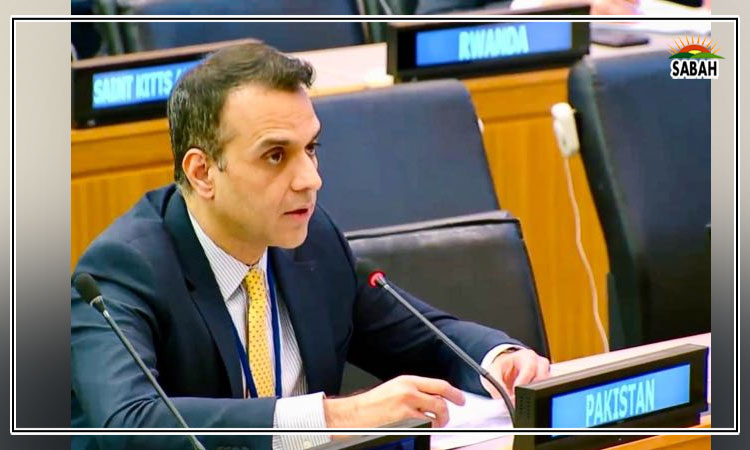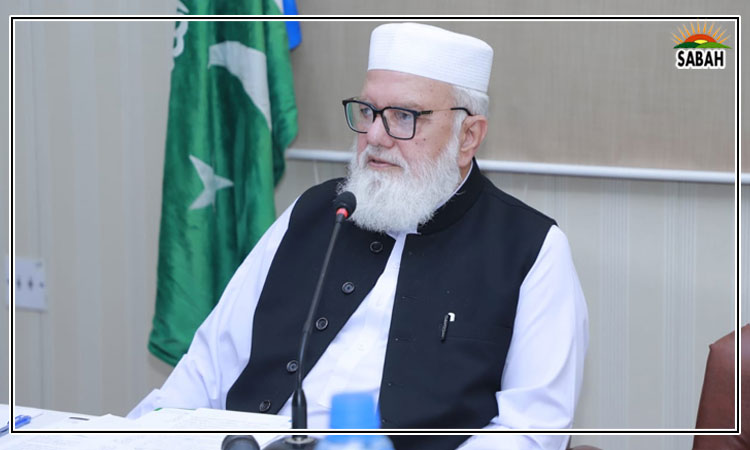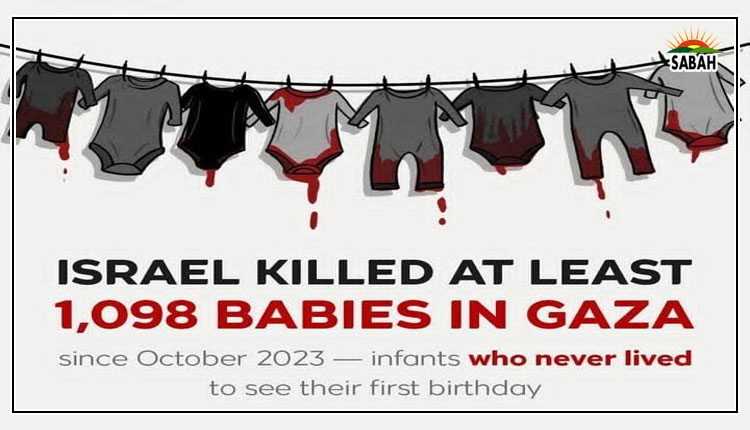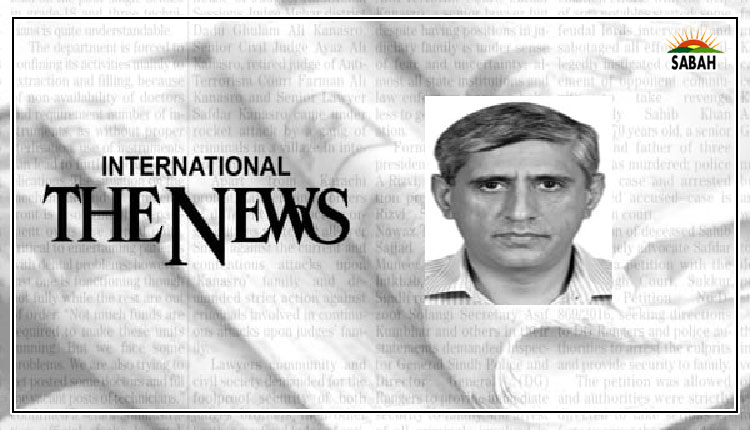India’s Potemkin reality…Raashid Wali Janjua
India hosted the G20 summit from September 9 to 10 in Delhi. But it was amusing to see the steps it took to make the city more appealing, skilfully hiding its shocking realities.
In keeping with the Potemkin spirit of concealing the unpleasant reality, Delhis shanty towns were erased and the surrounding areas spruced up, leaving no trace of the unfortunate reality of the poor who barely survive on less than $3 per day.
In 1787, in Russia, the ruler of the time Grigory Potemkin set up artificial pasteboard villages in Crimea, along with cheering crowds imported from Central Russia, to impress Empress Catherine. The decor was dismantled as soon as the empress left.
It is not clear whether the show put up in Delhi at the cost of 150,000 hapless people, depopulated to suburban ghettos, impressed the G20 participants, but it certainly annoyed human rights activists across the world.
Can Indias human rights violations and not-so-hidden minority apartheid be concealed through a successfully held event for members of the worlds elite club? Can the Potemkin unreality of the Delhi shanty towns be extended to the spirit of the G20 summit which challenged the concrete BRI reality with aspirations for the India-Middle East-Europe Economic Corridor (IMEC)? The idea of the IMEC that was floated with great fanfare is an improvement on still-born economic initiatives like the Indo-Pacific Economic Framework (IPEF) and the Build Better World (B3W).
The Chinese have carefully welcomed the IMEC as a complementary economic corridor reminding the world that the BRI with a financial spending of over $1 trillion has already signed agreements with 150 countries whereas the B3W has hardly committed less than $10 million since its inception in June 2021. The unrealized potential of six GCC countries decade-old railway connectivity project of 2,117 km should remind one of the utopian nature of the IMEC.
There are geopolitical landmines before the IMEC due to the inclusion of Israel and Jordan, and big financial commitments to this freshly minted corridor of peace and economic prosperity. Many EU countries have already signed the BRI, and projects like the Piraeus Port in Greece and the Budapest-Belgrade Railway attest to the inclusivity of the BRI.
Compared to the BRI, the IMEC appears to be a Potemkin village unless the world transits towards a Kantian worldview of economic interdependence and peace by doing away with confrontational bloc politics. The IMEC would have better chances of taking off the ground if it embraces the BRI instead of shunning it. The omission of Pakistan and Turkiye from the proposed corridor points to strategic naivete as both countries offer unique land and sea spaces for economic connectivity. It is hoped that the IMEC might connect with the BRI one day.
For now, one can only see how well the Potemkin reality of Indias affluence hides the ugliness of socio-economic discrimination reserved for minorities in India. The nexus of crime and politics, institutionalized corruption, corporate greed and assault on minorities is a lethal brew reserved for all those who are outside the gilded pale of Hindutva-driven politics.
While India tried to polish its credentials as a champion of the Global South through the G20 summit, it decided not to send its external affairs minister to Cuba for the G77 plus China meeting (September 15-16). India, under the BJP, has abandoned Nehruvian secular nationalism and has adopted Nathuram Godses religious nationalism. This atavistic affinity to religious revivalism is a product of RSS-driven politico-economic elitism that seeks to exclude minorities as well as under privileged castes.
The result of this exclusivism is an unequal India that attracts crime, communalism, corporate greed and conflicts both at home and abroad. Despite impressive growth in the Indian economy, its dividends are not being passed to Indians. According to a CNN report, about 60 per cent of the Indian population lives on $3.10 a day while the UNDPs latest report on multidimensional poverty places the number of people below the poverty line at 210 million (15 per cent of the population).
According to Oxfam figures, the top 1.0 per cent in India hold 77 per cent of the national wealth with 63 million Indians being pushed into poverty because of healthcare costs alone. While a large segment of population suffers a hardscrabble life, the rich and influential gather more wealth and privileges through political patronage.
Gautam Adanis wealth rose from $8 billion to $288 billion between 2013 and 2022 through lucrative state contracts for ports, power plants, coal mines, highways, energy parks and airports gifted under Modis watch. Poor farmers in Punjab, the majority (68 per cent) of whom own less than one hectare of land, were put at the mercy of corporate sharks through new agriculture policy favouring big corporate farms with political links.
India is being culturally and politically sanitized of its pluralistic identity to establish a Hindu Rashtra. Minorities like Muslims, Christians, Sikhs, and Buddhists are being subjected to discriminatory laws and practices to force them into the Hindu fold, a strategy known by its sobriquet Ghar Wapsi.
Discriminatory laws like the National Register of Citizen (NRC) and the Citizen Amendment Act have been promulgated to deny Muslims their citizenship. The NRC that violates Articles 2 (non- discrimination), 7 (freedom from inhuman treatment) and 14 (right to fair trial) of the International Covenant on Elimination of Racial Discrimination (ICERD) led to the Delhi riots in 2020 in which 53 people were killed.
Muslims, Dalits and Adivasis constitute 55 per cent of the national prison population in India despite being 39 per cent of the countrys total population. In north-eastern state Manipur a reign of terror was let loose against the Kuki Christian community while laws like anti-cow slaughter routinely result in the mob lynching of Muslims. Anti-conversion laws, which are in force in six states, prohibit the preaching of Christian and Muslim faith and conversion of Hindus to other faiths.
This is the dystopian reality of India that is cleverly masked through Potemkin shows like the G20 summit.
Courtesy The News


